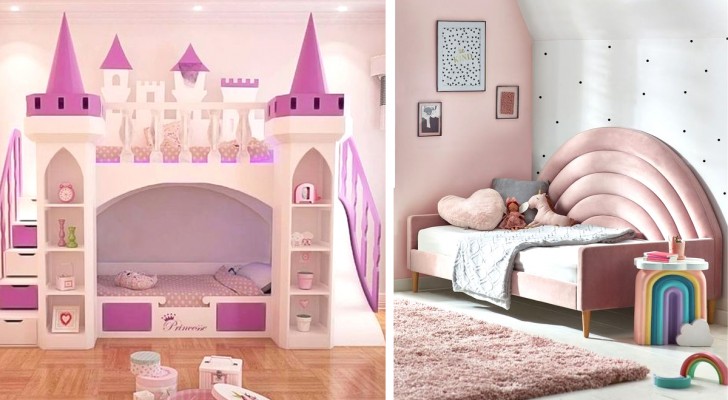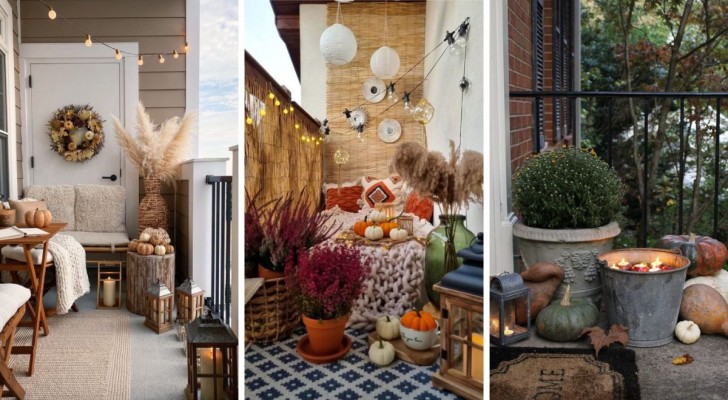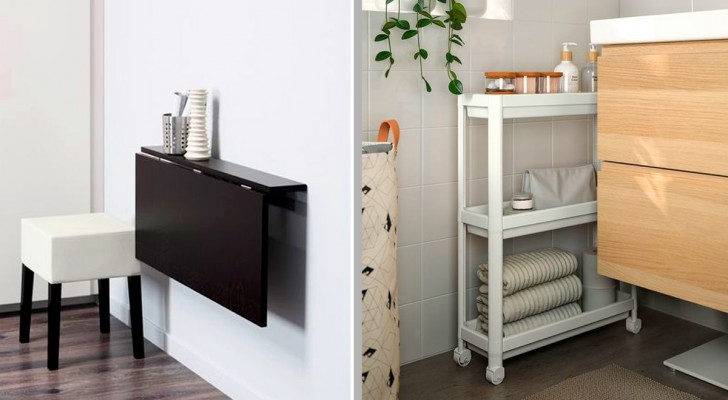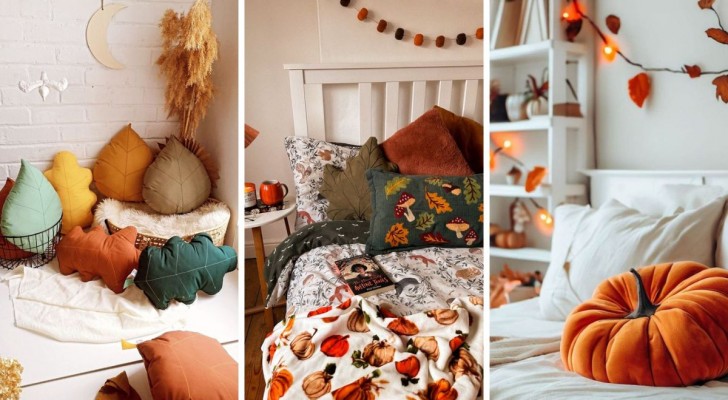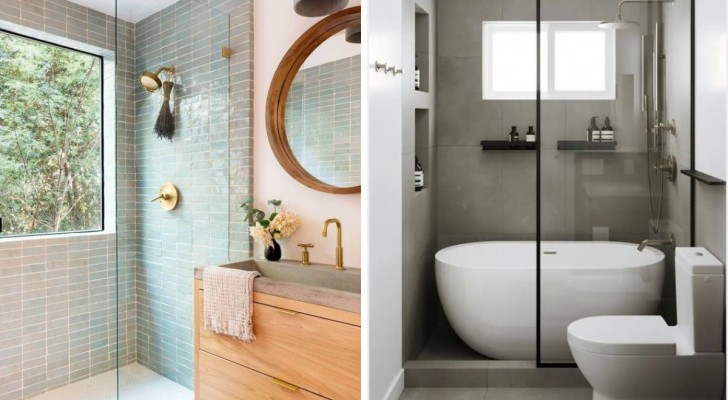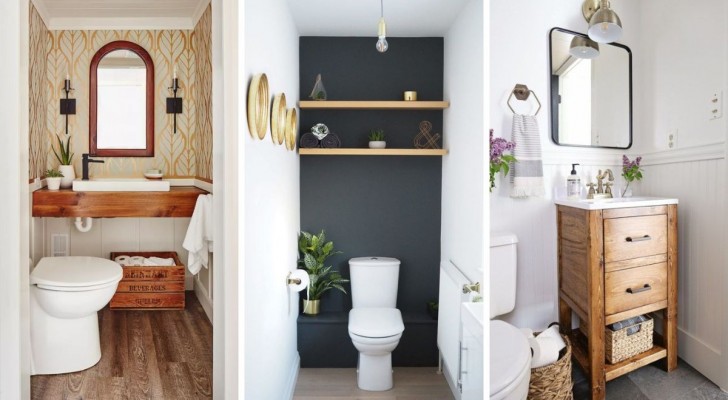Revive your furniture and rooms using découpage: lots of creative ideas to inspire you!

Découpage is an extremely versatile decorative technique: it allows one to decorate many surfaces - usually of wood, but not exclusively - with scraps of paper or even fabric, which is stuck down with glue and then protected by a transparent finish that protects the finished work.
It is a technique that allows one, therefore, to decorate furniture but also the walls of a house with any design or graphic motif that you want - and without having to trace them out and painting them by hand. This is why this technique becomes a useful and creative resource to give a new look to old furniture and also to revive a room with unique, captivating details - and without having to resort to using paint and/or wallpaper. Check out the ideas below:
To start, basically, vinyl glue is diluted with a little water in order to be spread more easily: so you need a brush, scraps of printed or decorated paper and a varnishing / sealing product. The latter is typically a clear, fixing gel or spray that is easily found in art and hobby stores, as well as online. Some use an extra layer of vinyl glue (even better Mod Podge), but the best results are those obtained by using specific finishing products.
Especially in the case where the paper cutouts must adhere to curved surfaces or has embossed details, the paper (or even fabric, in some cases), must be very thin. For this, tissue paper, coated paper, rice paper, napkins (perhaps separated from their lower layers) are used. However, when sufficient glue is used and especially on flat surfaces, printed paper and photocopies can also be used.
In this way, all dated furniture (such as wardrobes or dressers, but also coffee tables and more), can be decorated in an original way - even by those who would not be able to replicate such complex or detailed designs by hand.
One could think about painting an entire piece of furniture to give it the right shade as a background for the drawings you will glue on top of it: découpage, in fact, also works well on painted furniture, not only on natural wood.
Before starting, the surface to be used must be perfectly clean. Then a little glue is spread over the whole area to be decorated (a little bigger than the area where the paper cutout will place) and the paper is carefully stuck down, avoiding creating any wrinkles. With the help of a brush, you can smooth out even the smallest creases.
If the surface is large, it is best to proceed in smaller stages instead of gluing everything before sticking down the paper cutouts.
In addition to furniture, you can also use it to decorate various other types of objects and accessories: garbage cans can become luxury items, and so can glasses, tin cans and old, recycled objects of all kinds ...
It's all about finding the right inspiration and then starting to build up your skills and experience. Be careful to work so as to avoid any dust, hair and fluff from sticking to the glue.
Découpage also works well on walls! Instead of wallpaper, you could create a floral wall with side-by-side botanical prints.
Or pages from books!
Or even pages from old / vintage newspapers and magazines.
It is a technique which you could use even to decorate wooden planks (perhaps recycled) which are then used to clad the walls or make the top for a coffee table.
Would you like to furnish your home with découpage projects like these?
